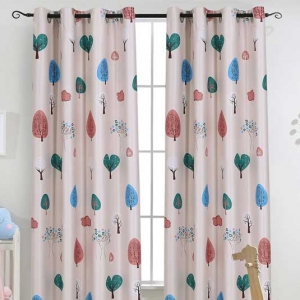High-temperature muffle furnaces have become indispensable tools in laboratories, facilitating a wide range of applications. This article aims to provide insights into the crucial considerations when selecting a high-temperature muffle furnace and outlines essential precautions for their safe and efficient use.

Factors to be Considered for Choosing High-Temperature Muffle Furnace
1. Temperature
Selecting the appropriate high-temperature muffle furnaces involves choosing a model with a maximum temperature (Z high temperature) that exceeds the intended operating temperature by 100°C-200°C. This ensures optimal performance and longevity.
2. Size
The furnace size should be determined based on the weight and volume of the sample to be burned. As a general guideline, the furnace volume should be at least three times the total volume of the sample to ensure uniform heating.
3. Power Supply Voltage
Before purchasing, confirm whether the muffle furnace operates on 380V or 220V to prevent any compatibility issues.
4. Price
Consider the price of the furnace in relation to your budget, ensuring that it aligns with the required specifications and quality standards. Value for money should be balanced with meeting application needs.
5. Furnace Material
Choose between fiber and refractory brick materials. Fiber materials offer lightness, soft texture, and good insulation, while refractory brick materials are heavier with a hard texture but provide general insulation.
6. Heating Element
Select the heating element based on sample burning requirements: resistance wire for temperatures below 1200°C, silicon carbide rod for 1300°C-1400°C, and silicon molybdenum rod for 1400°C-1700°C.

Precautions for the Use of High-Temperature Muffle Furnace
1. Initial Drying
When starting to use or after a long shutdown, dry the furnace at 200°C to 200°C for four hours. Avoid exceeding the rated temperature during use to prevent damage to the electric heating element.
2. Operating Environment
Ensure the muffle furnace and furnace controller work in environments with humidity below 85% and without conductive dust, explosive gas, or corrosive gas. Sealing containers during heating prevents damage to electric heating elements.
3. Heating Element Lifespan
The heating element’s lifespan depends on its oxide layer. Avoid shutdowns immediately after startup to prevent damage to the oxide layer.
4. Controller Usage Limits
Limit the use of the furnace controller within the ambient temperature range of 0°C-40°C. Avoid sudden thermocouple removal at high temperatures to prevent jacket explosions.
5. Safety and Heat Dissipation
Keep the muffle furnace away from inflammable materials, and ensure proper heat dissipation. Frequent monitoring is essential to prevent accidents caused by control failures.
6. Post-Use Cooling
After use, cut off the power supply, let the furnace cool naturally, and avoid opening the furnace door until the temperature drops below 200°C.
7. Regular Maintenance
Regularly check the wiring and controller, ensuring they are in good condition. Calibrate the instrument to account for potential errors caused by various factors.

In conclusion, selecting the right high-temperature muffle furnace is crucial for achieving accurate and repeatable results. Following these guidelines and precautions ensures not only optimal performance but also safety in laboratory environments. High-temperature muffle furnaces, when chosen and operated correctly, prove to be valuable assets across various scientific and industrial applications.







